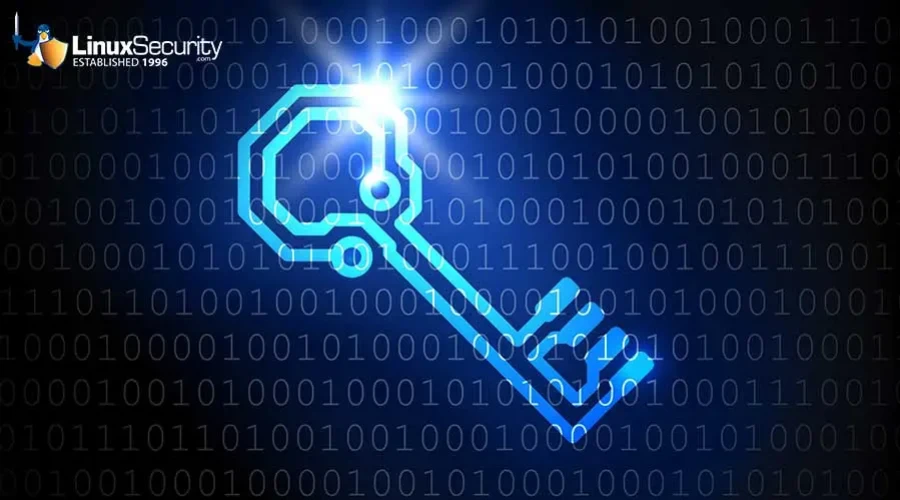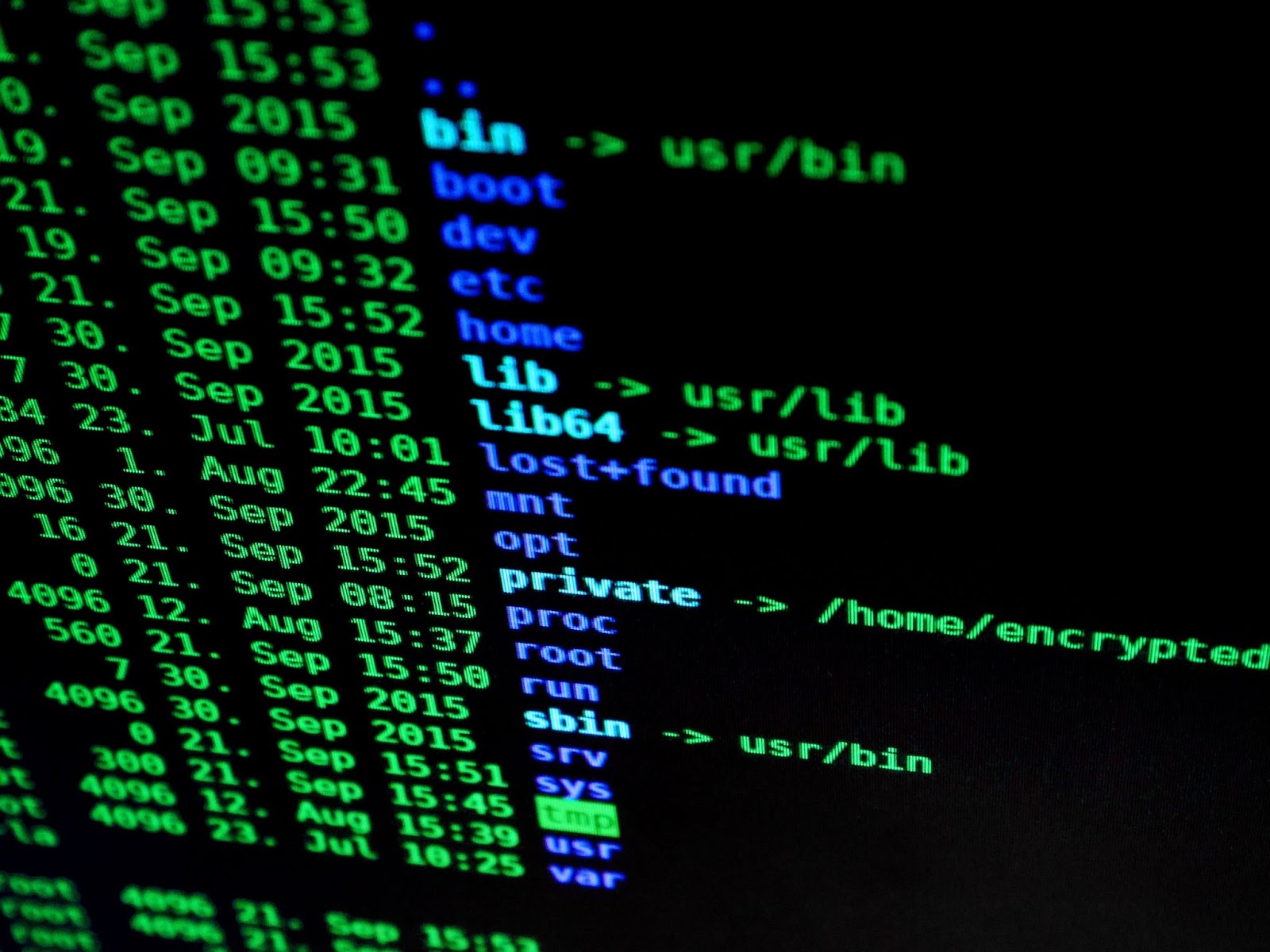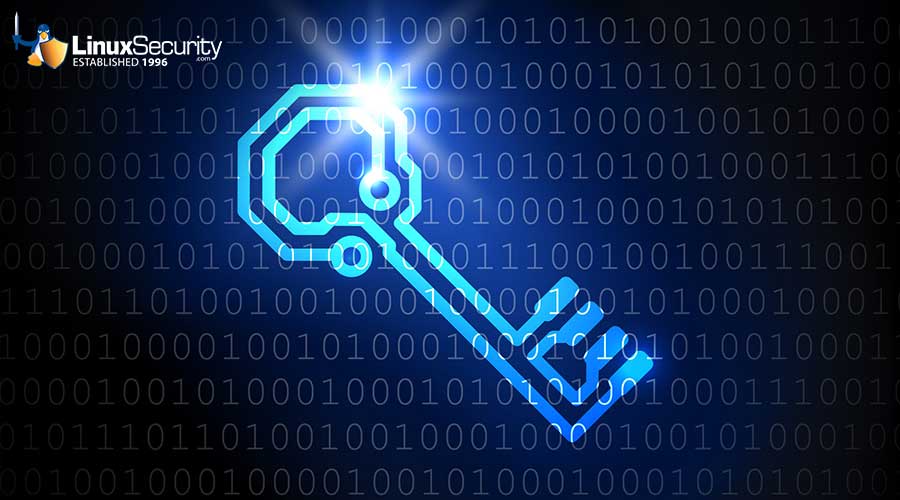Abyss Locker Ransomware Targets Linux & Windows Users

A ransomware variant dubbed "Abyss Locker" has been observed targeting Microsoft Windows and Linux platforms. The Abyss Locker ransomware is believed to be based on the HelloKitty ransomware source code. It steals and encrypts victims' files, demanding ransom for decryption and preventing the release of stolen data. The ransomware's severity level is classified as high, showcasing the urgency of addressing this issue.
Intriguing Points & Security Implications
Abyss Locker was first detected in July 2023, but its origins may date even further. This raises questions about the potential evolution of ransomware and the continuous importance of staying ahead of emerging threats.
 Another interesting aspect is the attack method of ransomware. The Windows version of Abyss Locker performs several actions to ensure successful encryption, such as deleting Volume Shadow Copies and system backups. On the Linux side, it attempts to shut down running VMware ESXi systems before encrypting files. This intricate approach reveals the attackers' sophistication and highlights the need for robust security measures.
Another interesting aspect is the attack method of ransomware. The Windows version of Abyss Locker performs several actions to ensure successful encryption, such as deleting Volume Shadow Copies and system backups. On the Linux side, it attempts to shut down running VMware ESXi systems before encrypting files. This intricate approach reveals the attackers' sophistication and highlights the need for robust security measures.
The ransomware avoids encrypting specific file extensions and directories to maintain system operability and enable victim-attacker communication for ransom negotiation. This indicates that the attackers are focused on maximizing their chances of receiving payment, leaving room for speculation about their motives and potential future enhancements to their tactics.
The Abyss Locker ransomware presents a significant challenge for security practitioners. Its ability to target Windows and Linux platforms demonstrates the necessity for a comprehensive and multi-layered security strategy. Linux admins, in particular, must be attentive to the risks associated with VMware ESXi systems, as the ransomware specifically targets this environment.
As security practitioners, it is essential to ask critical questions:
- How can we enhance our detection and prevention mechanisms to identify emerging ransomware variants like Abyss Locker?
- Are our backup and recovery processes robust enough to mitigate the impact of ransomware attacks?
- What steps can be taken to counteract ransomware developers' sophisticated tactics, such as the multiple evasion techniques employed by Abyss Locker?
Long-term consequences must also be considered. The successful targeting of both Windows and Linux platforms indicates a potential shift in ransomware strategies, revealing the adaptability and resourcefulness of cybercriminals. This calls for ongoing vigilance and the continuous development of proactive security measures.
Our Final Thoughts on Abyss Locker
The Abyss Locker ransomware represents a clear and present danger to Windows and Linux users. Its sophisticated attack methods, ability to encrypt files, and ransom demand raise serious concerns for security practitioners. By analyzing the implications and asking critical questions, security professionals can better understand this threat and take proactive measures to protect their systems. The long-term consequences of this ransomware highlight the need for ongoing adaptation and improvement in security practices. As we face the evolving landscape of cybersecurity, it is vital to stay informed, remain vigilant, and develop robust defenses against ransomware attacks.






















